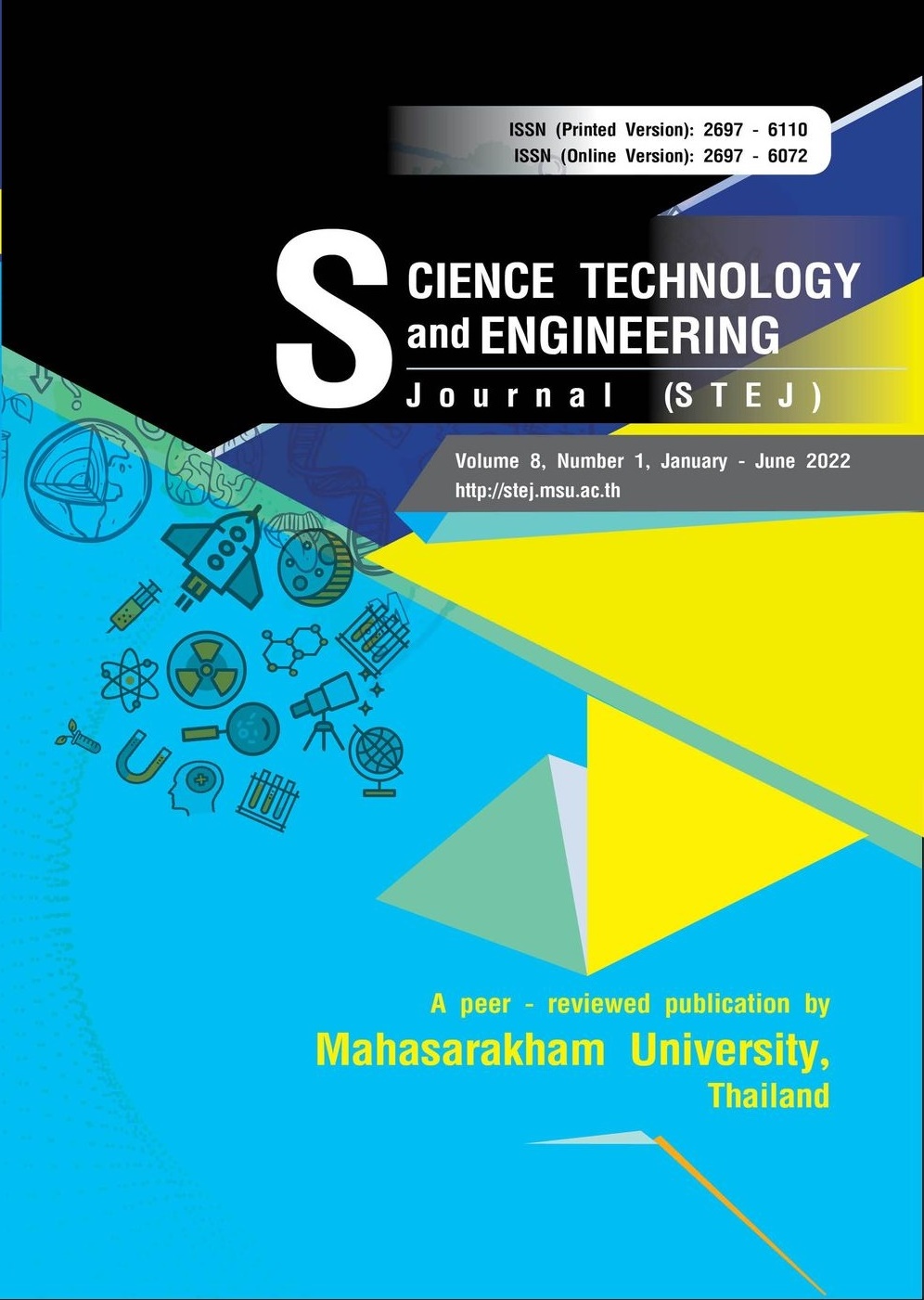Development of crispy fried Pla-ra product using prototype from accelerated fermentation with autochthonous bacterial starter
Keywords:
Autochthonous starter, fermented fish, Pla-ra, solid state fermentationAbstract
The fermentation of Pla-ra with autochthonous starter contained Bacillus subtilis subsp Subtilis UD6-2 and Virgibacillus halodenitrificans NCFF-2 under solid state fermentation (SSF) condition was evaluated. Pla-ra with the starter fermented by 3.5 month had similar properties in terms of texture, color and odor to traditional Pla-ra when assessed by manufacturers. Crispy fried Pla-ra, product models from Pla-ra with starter traditional derived were made and subjected to sensory preference test. It was found that all attributes of the crispy fried Pla-ra with starter product were more accepted than the traditional Pla-ra with significant higher liking scores (p<0.05). The test also demonstrated that the texture of Pla-ra significantly influenced the liking of taste and overall liking (p<0.05). Based on crispy fried Pla-ra proposed in this study, it could be an interesting alternative Pla-ra derived product that contained high protein and also a shelf stable with low hazard risk.
References
AOAC. (2000). Official methods of analysis of AOAC International. Gaithersburg, MD, USA.
Chhetri, V., Prakitchaiwattana, C., & Settachaimongkon, S. (2019). A potential protective culture; Halophilic bacillus isolates with bacteriocin encoding gene against Staphylococcus aureus in salt added foods. Food Control, 104, 292-299.
Det-udom, R., Settachaimongkon, S., Chancharoonpong, C., Suphamityotin, P., Suriya, A., & Prakitchaiwattana, C. (2022). Factor affecting bacterial community dynamics and volatile metabolite profiles of Thai traditional salt fermented fish. Food Science and Technology International, DOI: 10.1177/10820132221075435.
Kobayashi, K., Shimojo, S., & Watanabe, S. (2016). Contribution of a fermentation process using Bacillus subtilis(natto) to high poly-amine contents of natto, a traditional Japanese fermented soy food. Food Science and Technology Research, 22, 153-157.
Phewpan, A., Phuwaprisirisan, P., Takahashi, H., Ohshima, C., Ngamchuachit, P., Techaruvichit, P., Dirndorfer, S., Dawid, C., Hofmann, T., & Keeratipibul, S. (2020). Investigation of Kokumi substances and bacteria in Thai fermented freshwater fish (Pla-ra). Journal of Agricultural and Food Chemistry, 68(38), 10345-10351.
Prakitchaiwattana, C., & Det-udom, R. (2017). Contaminant sensors: nanosensors, an efficient alarm for food pathogen detection. In A.M., Grumezescu (Ed.), Nanobiosensors (pp.511-572). Academic Press.
Tanasupawat, S., Thongsanit, J., Okada, S., & Komagata, K. (2002). Lactic acid bacteria isolated from soy sauce mash in Thailand. The Journal of General and Applied Microbiology, 48, 201-209.
Wei, C., Ni, Z., Thakur, K., Liao, A.-M., Huang, J.-H., & Wei, Z.-J. (2019). Color and flavor of flaxseed protein hydrolysates Maillard reaction products: effect of cysteine, initial pH, and thermal treatment. International Journal of Food Properties, 22(1), 84-99.
Zang, J., Xu, Y., Xai, W., & Regenstein, J.M. (2020). Quality, functionality, and microbiology of fermented fish: A review. Critical Reviews in Food Science and Nutrition, 60, 1228-1242.
Downloads
Published
Issue
Section
License
Copyright (c) 2022 Science Technology and Engineering Journal (STEJ)

This work is licensed under a Creative Commons Attribution-NoDerivatives 4.0 International License.





